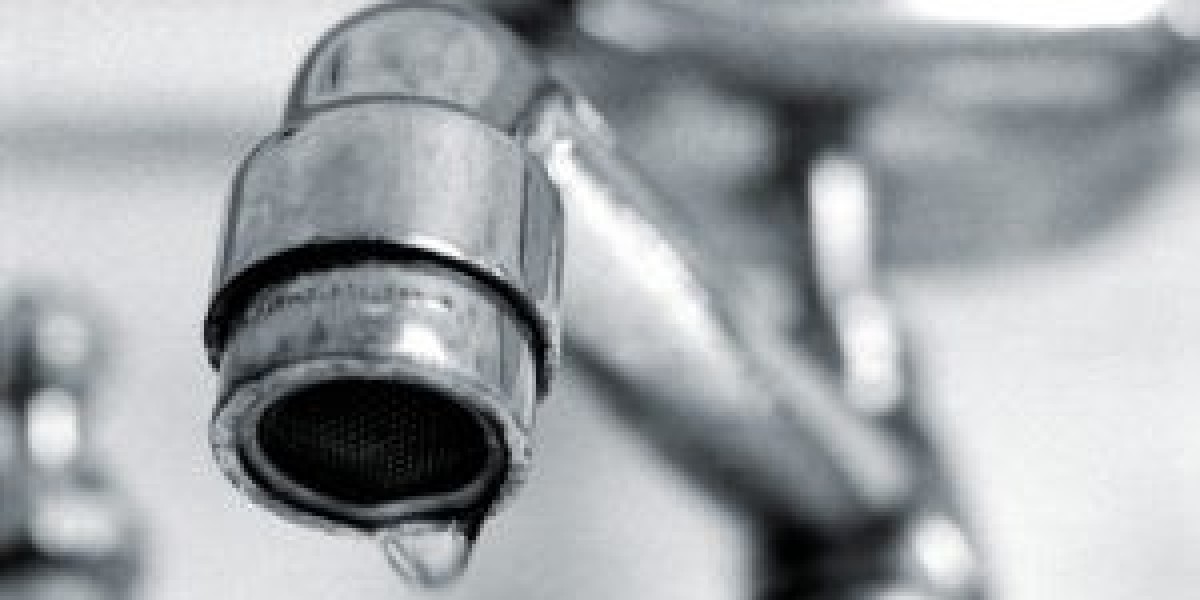Gas pipes play a crucial role in safely transporting natural gas to appliances. However, leaks can pose a serious risk. Whether you're a homeowner or a professional, knowing how to seal a gas pipe properly is essential. A secure seal prevents leaks, reduces hazards, and ensures efficiency.
In this guide, we’ll walk you through the process of sealing a gas pipe while emphasizing safety. Additionally, we’ll discuss the importance of leak detection in San Jose and how services like hydrojet drain cleaning can help maintain your plumbing system.
Why Is It Important to Seal a Gas Pipe Correctly?
Sealing a gas pipe isn't just about preventing leaks; it's about protecting your home and health. A poorly sealed gas pipe can lead to:
- Gas leaks – Invisible and highly flammable
- Health hazards – Inhalation risks causing dizziness and nausea
- Higher utility bills – Gas wastage can increase costs
- Appliance damage – Inefficient gas flow affects performance
Whether you’re installing a new pipe or fixing an old one, proper sealing ensures peace of mind.
Tools and Materials Needed for Sealing a Gas Pipe
Before sealing a gas pipe, gather the right tools and materials. Here’s what you’ll need:
- Gas-rated Teflon tape (yellow, designed for gas lines)
- Pipe thread sealant (also known as pipe dope)
- Adjustable wrench
- Pipe cutter (if resizing is required)
- Leak detection solution (to check for leaks)
- Safety gloves and goggles (for protection)
Having the right supplies ensures a secure and lasting seal.
Step-by-Step Guide to Sealing a Gas Pipe
Step 1: Shut Off the Gas Supply
Before starting, locate the gas shut-off valve and turn it off. This step is critical for preventing gas leaks while working. If you’re unsure, contact a leak detection San Jose expert to confirm the valve is off.
Step 2: Remove the Old Fittings (If Necessary)
If you’re sealing an old pipe, unscrew the fittings using an adjustable wrench. Inspect the threads for dirt, rust, or damage. Clean them thoroughly before applying the sealant.
Step 3: Apply Gas-Approved Teflon Tape
Wrap the gas-rated Teflon tape around the male pipe threads. Wrap it in the same direction as the threads (clockwise) to ensure a tight fit. Avoid using white Teflon tape, as it's not designed for gas lines.
Step 4: Use Pipe Thread Sealant
For added security, apply pipe thread sealant over the taped threads. This paste creates an extra layer of protection against leaks. Use a small brush to apply it evenly.
Step 5: Connect and Tighten the Pipe Fittings
Screw the pipes together using an adjustable wrench. Ensure they are snug but avoid over-tightening, which can damage the threads.
Step 6: Test for Leaks
After sealing the pipe, turn the gas supply back on. Apply a leak detection solution to the joints. If you see bubbles forming, there’s a leak. Tighten the connections or reapply the sealant if needed.
Step 7: Call a Professional for Inspection
Even after sealing, it’s a good idea to have a professional inspect your work. Expert services in leak detection San Jose can verify if your gas line is secure.
Common Mistakes to Avoid
Sealing a gas pipe seems simple, but mistakes can lead to dangerous consequences. Here are some errors to avoid:
Using the Wrong Tape
Many people use standard Teflon tape for gas lines, which is unsafe. Always use yellow gas-rated Teflon tape.
Skipping the Sealant
Teflon tape alone isn’t always enough. A pipe thread sealant adds an extra layer of security.
Over-Tightening the Connection
While a secure fit is important, overtightening can strip the threads or cause cracks. Hand-tighten, then use a wrench to secure it further.
Not Checking for Leaks
Even the best-sealed pipes can leak. Always use a leak detection solution to test for leaks before finishing the job.
How Leak Detection Services in San Jose Help Prevent Gas Hazards
Gas leaks are dangerous and often go undetected until they become a serious problem. Professional leak detection San Jose services use advanced tools to identify leaks before they cause harm.
Benefits of Professional Leak Detection
- Early detection of leaks – Prevents costly repairs
- Safety assurance – Protects your home and family
- Compliance with regulations – Ensures safe installations
- Efficient gas usage – Reduces energy waste
If you suspect a gas leak, don’t wait. Contact a professional immediately.
How Hydrojet Drain Cleaning Relates to Gas Pipe Safety
You might wonder—what does hydrojet drain cleaning have to do with gas pipes? Surprisingly, plumbing and gas lines are often connected.
Hydrojet drain cleaning uses high-pressure water to clear pipe blockages. If a gas line runs near a clogged drain, damage to either system could lead to dangerous leaks. Maintaining clear drains reduces the risk of pipe corrosion, which can weaken gas line connections.
Advantages of Hydrojet Drain Cleaning
- Clears stubborn clogs without chemicals
- Extends the lifespan of your plumbing system
- Prevents pipe damage and potential leaks
- Reduces backflow risks that could affect gas appliances
Routine drain maintenance ensures all your home’s piping systems stay in top condition.
When to Call a Professional
While sealing a gas pipe is possible with the right tools, some situations require professional help.
Signs You Need an Expert:
- Strong gas odors – Indicates an active leak
- Persistent bubbling in leak tests – Suggests improper sealing
- Rust or corrosion on pipes – Weakens connections
- Frequent gas pressure issues – Points to deeper problems
If you experience any of these issues, do not attempt to fix them alone. Contact a certified technician for leak detection in San Jose to ensure safety.
Conclusion
Sealing a gas pipe is a crucial task that requires precision and caution. Using the right materials, following proper sealing techniques, and testing for leaks can prevent dangerous situations.
However, even a well-sealed gas pipe should be inspected by professionals. If you ever suspect a leak, leak detection San Jose services can quickly identify and resolve the issue. Additionally, hydrojet drain cleaning helps maintain a healthy plumbing system, reducing potential risks.
For safety and efficiency, always prioritize proper sealing and regular maintenance. Whether you’re fixing a small leak or upgrading your gas lines, following the right steps ensures long-term protection.









